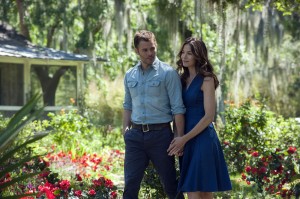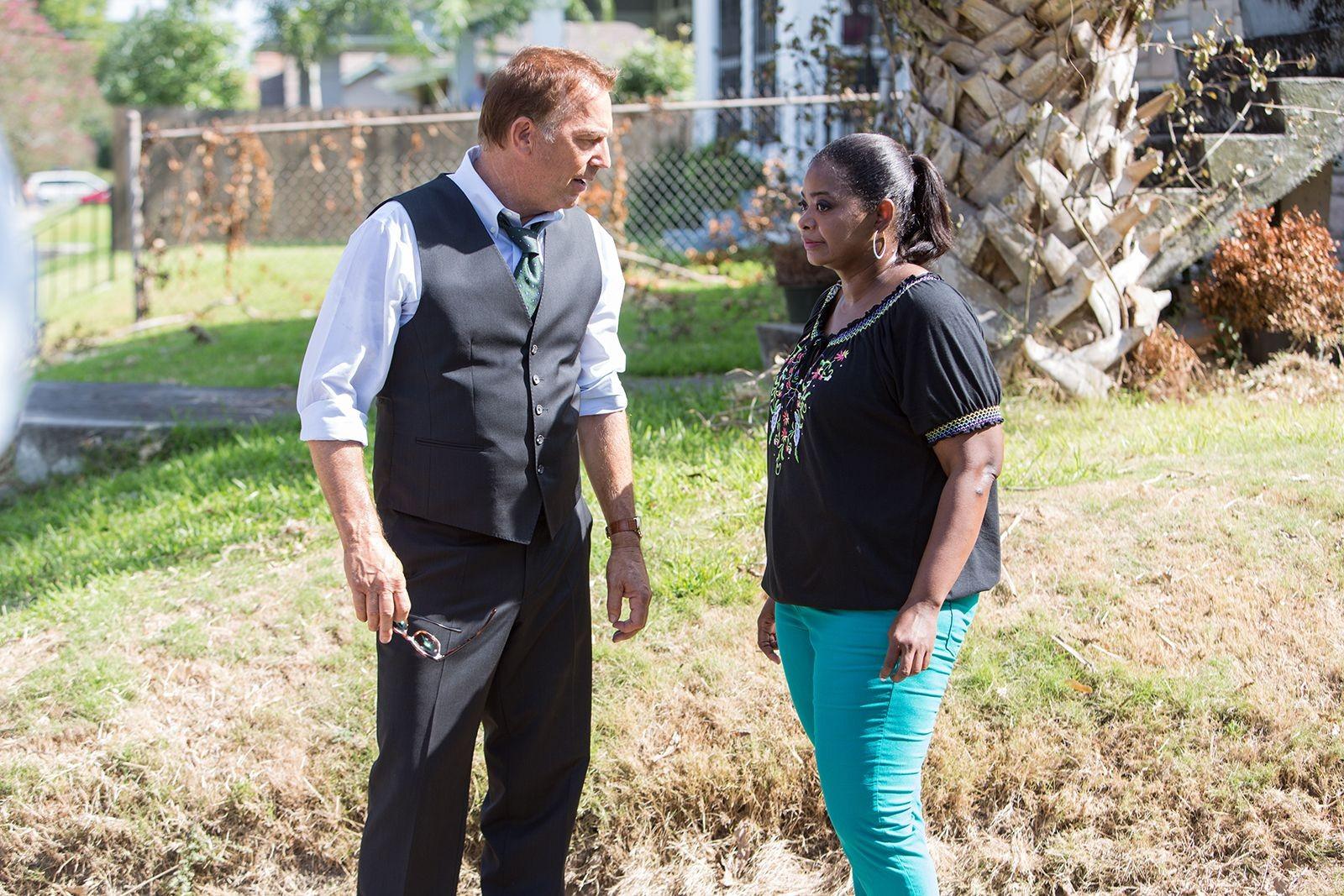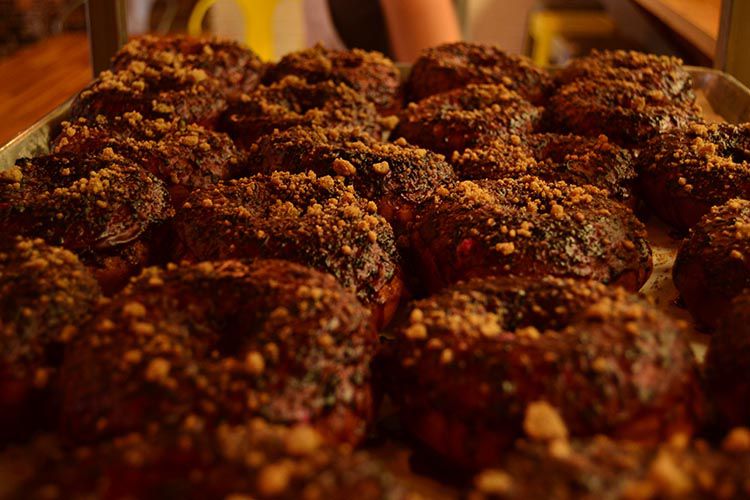When it comes to popular opinion, Nicholas Sparks is binary code. Whether talking about his novels or its film depictions, the partisan response is usually a dreamy-eyed, “That was so heartfelt” or an eye-roll-accompanied, “That reminded me too much of how my ex-boyfriend didn’t treat me.”
Appropriately, “The Best of Me,” released Oct. 17, does this yay-or-nay trend justice by presenting some of the best and worst qualities of Sparks-inspired flicks.

Opening on a shared night sky between a destroyed drillship and a suburban backyard, “The Best of Me,” directed by Michael Hoffman, sets itself up as a gush-fest of parallels.
Dawson Cole (James Marsden), a casual auto mechanic and manual laborer, finds himself back in his North Carolina hometown following the death of his longtime father figure, Tuck. In true twist-of-fate fashion, Amanda Collier (Michelle Monaghan), Dawson’s high school sweetheart, is pulled homeward for the same reason.
This unlikely but highly predictable reunion lays the groundwork for the rest of the film’s organization: a juxtaposition of present-day Dawson and Amanda and their high-school-aged versions played by Luke Bracey and Liana Liberato, respectively. And as the couple’s first rooftop kiss swings forward to a scene of the “old friends” sitting in an estate attorney’s office, the 21-year gap between those two moments is as pronounced as Marsden’s bone structure.
But what worked so well for 2004’s cinematic anthem “The Notebook,” brought out a set of execution errors in this 2014 Sparks flick. Despite the necessity of arranging the story in this past versus present format, the two couples come off as four distinct people that — although perhaps intentional — set up a distracting who-wore-it-best scenario.
Young Dawson, Frankensteinian in his inability to even associate with girls, is perfectly paired with Liberato’s smooth-but-spitfire young Amanda, who not only loves him but teaches him how to reciprocate. Zooming forward in time, both characters lose their signature charm both individually and as a duo.
A lack of continuity is especially present between the two Amandas. Young Amanda is defined by a lust for life, while Monaghan’s take can be described as anything but that. Although effective at highlighting her fall into a domestic rut of wine tastings and golf culture, the contrast creates too much of a craving for the scenes of her younger, more entertaining self.
Unfortunately, Dawson’s case isn’t much different. Marsden just doesn’t have that alluring mixture of naivety and solidarity that Bracey brings to the table and instead just comes across as somebody’s high quality neighbor.
For proof, look to Marsden’s line: “Not often is the mechanic the hero of the story.” Well not often does a cinematic couple’s chemistry diminish beyond its own flashbacks. But with a little fate and a lot of Bud Light product placement, apparently anything can happen.
Additional blunders within “The Best of Me” are simply common ones among many Sparks-inspired films: a slightly over-the-top yellowish color scheme, plenty of omniscient letter-reading and enough Lady Antebellum to feed a truck stop stereo system for all of eternity.
Regardless, as momentum carries Dawson and Amanda’s young sweetheart and older not-so-sweetheart stories, the conflict gets downright interesting.
Dawson’s abusive father, his unflinching guardian Tuck and even Amanda’s son get tangled in the story’s tragic snowball, resulting in a complicated series of events that require a refreshing amount of brainpower within the mush of romance.
Dawson’s conflict with his malicious father — who remains intimidating despite his resemblance to a disheveled Bono — serves as a strong external tension that affects the whole cast of players. There’s something to be said about how the story’s intricacies threaten consequences beyond heartbreak that bleed into Dawson’s own livelihood. And that “something” might just be this: Don’t underestimate the dangers of love.
Heartwarming tangibles, such as tulips and car trouble, also serve the storyline on a number of levels. Watching Dawson and Amanda fool around while pulling weeds is certainly adorable enough to brand the film with the Sparks name, but it also draws attention to the notion of being a part of someone. Such metaphorical meaning adds depth to what would otherwise be pure cheese, making the film’s prevalence of symbols well justified.
From its annoyingly expected soundtrack to its powerful points of tension, what “The Best of Me” boils down to is a half-and-half ratio of quality to lack thereof. With plenty of reasons for both praise and ire, it is hard to classify the film as a success. But the film does undoubtedly succeed at fitting in with the Sparks collection, slightly realistic romance and all.






















































































































